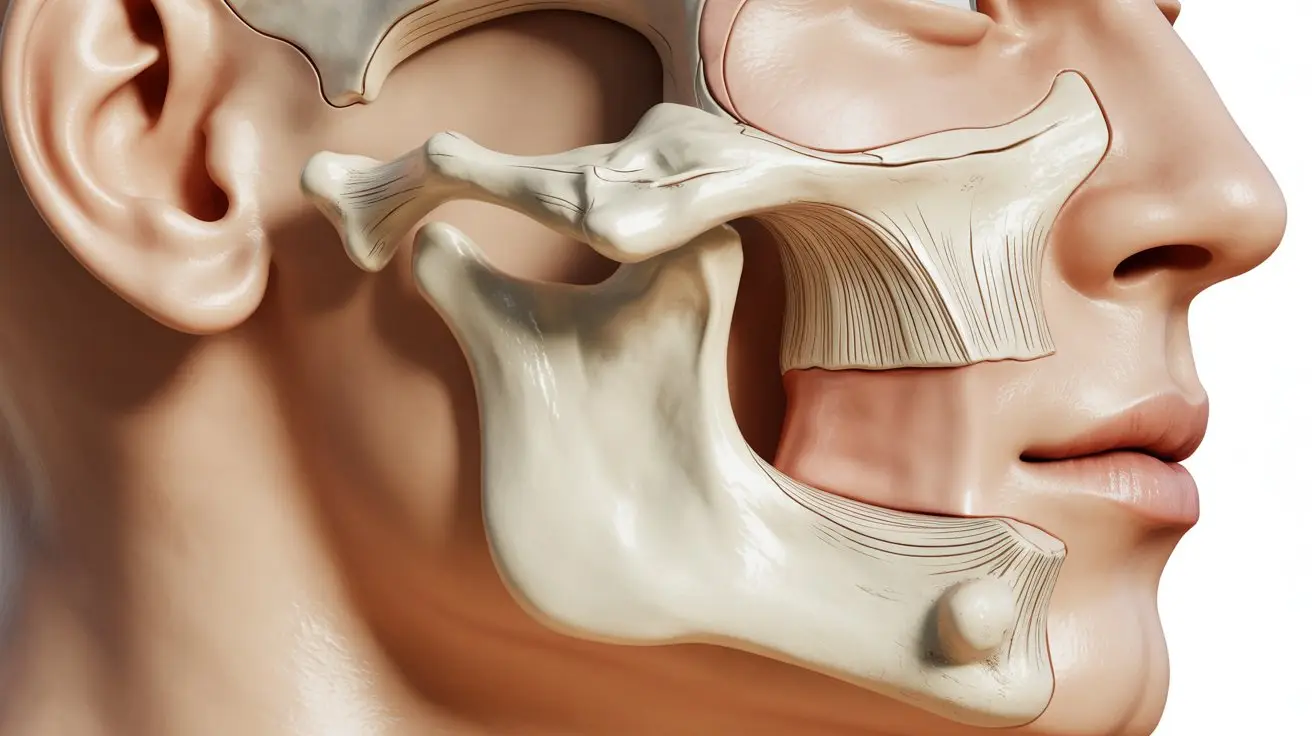Patients dealing with severe upper jaw bone loss often ask: “How long do zygomatic implants last?” The answer highlights why this innovation is considered one of the most reliable long-term dental solutions available today. Unlike conventional implants that rely on the maxillary bone, zygomatic implants anchor directly into the cheekbone (zygoma), a dense and stable structure that resists resorption. When performed by an experienced maxillofacial surgeon and maintained with proper oral hygiene, zygomatic implants can last for decades — often a lifetime.
What is the Longevity of Zygomatic Implants? How Long Do Zygomatic Implants Last?
Zygomatic implants are part of an advanced generation of implant systems designed for patients who have lost most or all of their upper jawbone. Their placement into the zygomatic bone eliminates the need for bone grafting and creates a much stronger biomechanical foundation. According to long-term clinical studies, zygomatic implant survival rates consistently exceed 94–98% after 10 to 15 years of functional use, comparable or superior to standard dental implants.
As Celal Candırlı Zygoma Center notes, their durability is directly tied to the quality of osseointegration — the biological process through which titanium fuses with bone. Because the zygomatic bone has a dense cortical structure, it provides an ideal environment for long-term implant stability. Many patients treated more than a decade ago still enjoy excellent chewing function and aesthetics without any need for replacement.

Factors That Influence How Long Zygomatic Implants Last (How Long Do Zygomatic Implants Last?)
While the core design and materials of zygomatic implants are made to last, their actual lifespan depends on several important clinical and lifestyle factors. Understanding these can help ensure your implants perform at their best for decades.
1. Surgical Expertise and Technique
The skill and experience of the surgeon are the single most critical factors in determining implant longevity. Zygomatic implant placement requires advanced anatomical understanding and precise trajectory planning through the sinus cavity toward the zygoma. Surgeons trained in digital navigation or guided surgery achieve higher accuracy, fewer complications, and stronger long-term stability.
2. Bone Quality and Osseointegration
Unlike the resorbed maxilla, the zygomatic bone maintains its density and strength throughout life. This means that even in patients with severe bone loss, the implant can achieve high primary stability. When osseointegration occurs correctly, the bond between the implant and bone becomes permanent, making zygomatic implants some of the longest-lasting restorations available in dentistry.
3. Prosthetic Design and Material Quality
The quality of the prosthetic framework — whether titanium, zirconia, or hybrid composite — greatly affects longevity. Premium frameworks distribute bite forces evenly, reducing micro-movements and mechanical fatigue. High-precision prosthetics also prevent overloading, which can damage the implant–bone interface over time. As Previa Dental emphasizes, investing in superior prosthetic materials translates directly into long-term stability.
4. Oral Hygiene and Maintenance (How Long Do Zygomatic Implants Last)
Even the most advanced implants require consistent care. Proper brushing, flossing, and professional cleaning every six months are essential to prevent peri-implant inflammation. Good hygiene minimizes bacterial accumulation around the abutment and helps maintain soft-tissue health. Patients who follow strict maintenance routines often retain their implants for life.
5. Systemic Health and Lifestyle Factors
Certain conditions — such as uncontrolled diabetes, smoking, or osteoporosis — can interfere with bone healing and integration. A comprehensive preoperative health assessment allows your surgeon to manage these risks effectively. Patients who maintain stable health and avoid smoking generally experience the best outcomes over the long term.

Why Zygomatic Implants Can Last a Lifetime? How Long Do Zygomatic Implants Last?
The zygomatic implant ’s exceptional longevity stems from its biomechanical advantage. The zygoma is one of the densest bones in the skull and resists resorption even when the alveolar ridge has completely disappeared. This dense anchorage minimizes micro-movement and protects the bone–implant interface from overload.
Celal Candirli Zygomatic Implant Clinic explains that zygomatic implants also follow a “graftless” pathway — meaning fewer surgical stages and lower risk of graft resorption or infection. Because there is no donor site to heal, overall tissue integrity remains strong, supporting long-term function. In essence, fewer procedures translate into fewer opportunities for complications.
Material Durability
Most zygomatic implants are made of pure titanium or titanium alloys, known for their corrosion resistance, biocompatibility, and mechanical endurance. This means they do not degrade over time under normal oral conditions. With proper prosthetic design and balanced occlusion, the implants can endure tens of thousands of chewing cycles each year without structural compromise.
Prosthetic Longevity and Replacements
While the implants themselves can last a lifetime, prosthetic components like bridges or hybrid dentures may require periodic maintenance or replacement every 10–15 years due to normal wear. These updates are typically straightforward and do not affect the underlying implants.

Clinical Research on Longevity
Numerous studies published in the Journal of Oral and Maxillofacial Surgery and Clinical Implant Dentistry and Related Research confirm the long-term reliability of zygomatic implants. Ten-year cumulative survival rates often exceed 95%, with minimal biological or mechanical complications. Patient satisfaction remains high thanks to restored facial support, phonetics, and mastication efficiency.
Some researchers even suggest that the long-term stability of zygomatic implants in atrophic jaws surpasses that of conventional implants placed in augmented bone. This is because the zygomatic anchorage avoids graft resorption — a common issue with sinus lifts or bone block grafts.
Common Reasons for Early Failure
Although rare, a small percentage of zygomatic implants may fail within the first year due to infection, poor hygiene, or insufficient initial stability. Other contributing factors include inadequate planning or overload from poorly designed prosthetics. Thankfully, most issues can be corrected with early intervention or minor revision surgery.
Preventing Complications
- Choose a surgeon with specific zygomatic implant experience.
- Undergo detailed CBCT imaging and guided digital planning.
- Follow a strict postoperative hygiene and review schedule.
- Report sinus discomfort or swelling early for prompt care.

How Long Is Recovery and When Are Results Stable?
Initial healing typically takes two to four weeks, during which mild sinus pressure or swelling may occur. Functional stability, however, is often achieved immediately. Many patients leave the clinic with a fixed provisional bridge within 24–48 hours of surgery. Over the next 3–6 months, the implants continue to integrate biologically, ensuring full long-term stability. After this period, a definitive prosthesis replaces the temporary bridge, marking the completion of treatment.
Because the system avoids bone grafts, overall recovery is faster and more predictable compared to conventional multi-stage implant rehabilitation.
Maintenance: The Key to Lifetime Longevity
Zygomatic implants require regular follow-up — typically at one, three, six, and twelve months after surgery, then annually. Each review includes X-rays or CBCT scans to verify bone adaptation and sinus health. Professional cleaning helps remove plaque around prosthetic margins, and occlusal adjustments keep bite forces balanced. Following these protocols dramatically increases implant lifespan.
Patients who treat their implants as they would natural teeth — brushing twice daily, using interdental aids, and avoiding smoking — can expect exceptional long-term outcomes. It’s not uncommon for zygomatic implants to function effectively for 20 years or more without complications.
Patient Perspectives: Living With Zygomatic Implants
Patients often describe zygomatic implant rehabilitation as life-changing. Many had previously been told they lacked enough bone for implants, yet now enjoy fixed, natural-looking teeth that feel completely stable. Improvements in speech, nutrition, and self-confidence are reported almost immediately. Over time, the prosthesis becomes indistinguishable from natural dentition in both function and appearance.
A Lifetime Solution for Severe Bone Loss (How Long Do Zygomatic Implants Last)
So, how long do zygomatic implants last? With the right planning, placement, and maintenance, they can last a lifetime. Their combination of dense bone anchorage, digital precision, and durable materials makes them one of the most advanced and enduring solutions in modern implant dentistry. Whether you’re recovering from failed grafts or long-term edentulism, zygomatic implants can restore not just your bite — but your confidence, comfort, and quality of life for decades to come.ns





